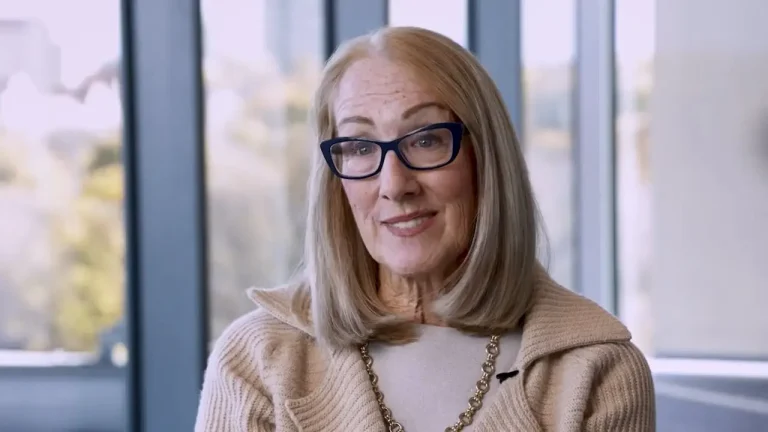How To Run Your Newsroom to Tell Better Stories
Planning stories, developing sources and managing approvals.
Second of two parts. Part 1.
One hour.
That’s all you need to begin turning your communications department into a productive news team.
Spend that one magical hour doing something you rarely get to do the rest of the week: Think. Brainstorm with your colleagues. And think up stories you never dreamed possible.
Over the top? Maybe. And yet many communicators hold weekly meetings where none of the above happens. “We go around the table (virtually) and everyone says what they’re working on,” at least a dozen communicators have told me. “And no one’s really listening to what anyone else is saying.”
Hour’s up!
What’s worse, that weekly meeting is typically crammed with a bunch of other stuff that needs to get done. I get that. Just don’t do it in this meeting, which is the centerpiece for running an effective newsroom.
1. Story planning. Here’s our checklist for the three editorial meetings that matter, adaptable to your own organization:
- The Monthly (90 minutes). Chaired by Marketing. Invite all who’d like to attend. Consider this the “look down the road” meeting. What’s happening in the organization? What events, initiatives and issues are coming down the pike? How can comms help? This is the top of the content funnel; gather story ideas from all comers and enter them in your editorial calendar or planning app with notes and next steps, including priorities and target publishing dates.
TIP: Invite a subject matter expert or leader to address this group. No PowerPoints or speeches required for these folks, just 20 or 30 minutes to talk about what they do and pick their brains. Writers and editors emerge from this meeting with a clear vision of what’s coming and story ideas to match.
- The Weekly (One hour). Chaired by Corporate Comms. A small group of writers and editors, along with reps from marketing and internal comms, dig deeper into three or four ideas selected by the editor. What’s the most creative way to tell the story, in one or more formats, to engage your audiences?
TIP: End your brainstorming with an actual decision about these stories: approach and format, reporting needs, etc. Assign the story and pick a reasonable deadline.
- Daily (30 minutes). Chaired by PR with an even smaller group: the managing editor, a social media editor and a writer. Together, they answer these questions:
- What are we publishing today? What’s ready to post?
- Is there anything in the news we need to jump on (newsjacking)?
- What are we pitching to the news media?
- What are we posting on social?
TIP: This meeting should be quick. Don’t spend time talking about new ideas; focus on what’s ready to go out, and any breaking news that allows you to insert one of your experts into a follow-up story.
2. Source Development. In many organizations, stories come from outside the editorial team. In the so-called “agency” model, the comms team is a shared service provider. Requests come in from every corner of the organization: a brochure, a story, a set of talking points, a press release, a video or a graphic. May I take your order?
In the newsroom model, the Comms Department plays a more central role in deciding what content gets produced, what it looks like and where it goes once it’s completed. This model presupposes that the newsroom editors:
- Know what’s going on in the organization and are privy to strategy, decision-making and initiatives discussed at the highest level.
- Play a consultative role in helping the organization take the right approach to content, at the right time, in a format that will resonate with the audience.
Your newsroom should accommodate both models. The challenge is how to manage the inbox while still leaving time for conceiving and creating great content to support the organization.
TIP: Set up an intake process for comms requests, big and small. This “creative brief” should include:
- Strategy, a brief description of what we’re trying to accomplish.
- Why our audience cares about this.
- Relevant dates and deadlines.
- And answer this question: What would happen if Comms couldn’t meet this request? Is there a Plan B?
Note: Many departments skip the first step, strategy, and go right to tactics, like video or web content. Use your creative brief to manage the workflow and advise your colleagues what would work best to meet their needs.
- Develop a beat system. Assign communicators to cover specific areas of the organization. This is one part “client” model, to advise departments on their content needs, and one part beat reporting, to find good stories. Here’s how to develop your sources:
- Identify your “go-to” sources inside departments who can explain how something works and what it means to the organization. Who are the best translators of complicated topics?
- Who are the problem-solvers inside your organization, who can help you break through any logjams?
- Meet with your sources, in person whenever possible, even when you’re not doing a story. Build a relationship of trust and respect. You respect what they know, and because they know you, they trust you to get it right.
- Get smarter about what they do.
3. Approvals. Let’s end with that dreaded word: approvals. It sounds like we’re trying to earn someone’s blessing instead of doing our jobs: checking the facts, setting the right tone and ensuring the story is relevant. Call it content review instead.
The review process is not a necessary evil. When it works, you get better information, more clarity and make fewer mistakes. If your process doesn’t work like that, here’s how to fix it:
- Identify the approvers. Do they know they’re on the review chain? Do they need to be? Establish some process and guidelines for them to follow.
- Track the process. What actually happens on the review chain? Where does it bog down? How can you streamline the process?
- Tell the reviewers what’s expected of them. They may not know. Tell Legal to check for potential risks. Ask HR to ensure you’re not violating anyone’s privacy. Direct your subject matter experts to check facts and nuance.
TIP: Don’t forget to tell the reviewers what you DON’T need them to do. They don’t need to rework your lede. They don’t need to edit for style and tone. They shouldn’t rework the quotes (they’ll only get worse). If they really don’t like something, write a note in the margin. We’ll take it under advisement.
The first part of this story, “Do You Have the Newsroom You Need,” is published here.
Jim Ylisela is co-founder of Ragan Consulting Group. With his merry band of editors, he’d love to help you build or upgrade your newsroom. To talk with Jim about your newsroom structure and editorial process, schedule a call with Kristin Hart, vice president of sales and marketing.
Contact our client team to learn more about how we can help you with your communications. Follow RCG on LinkedIn and subscribe to our weekly newsletter here.






